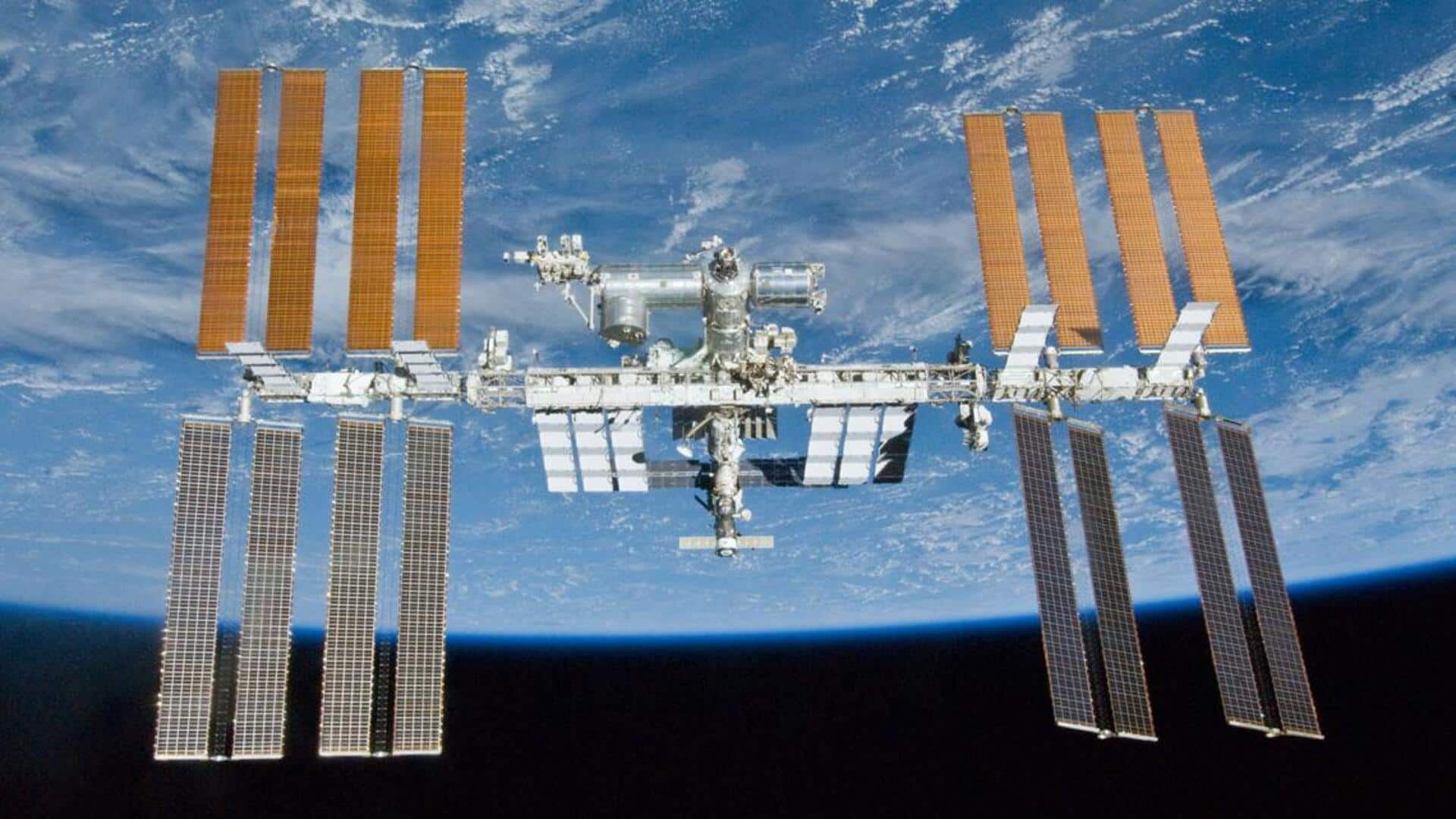
NASA achieves crucial water recovery goal on ISS: Know significance
What's the story
NASA is working on life support systems that can recycle consumables like food and water and is testing them on the International Space Station (ISS). The life support systems, under ideal circumstances, are required to recover about 98% of the water that the astronauts bring to the orbiting space lab for their tenure. The space agency has now achieved that crucial milestone.
Context
Why does this story matter?
NASA regularly sends resupply missions, containing several supplies like food, water, essentials, and science investigations, among others, to the ISS. This significant achievement in water recovery makes things far better for crews venturing to the space station in the future. It may also help cut down on the frequency at which the resupply missions are being sent from Earth.
Process
ECLSS on the ISS also contains a water recovery system
The milestone was achieved using the Environmental Control and Life Support System (ECLSS) aboard the ISS. The ECLSS comprises several hardware components which include a water recovery system. What this system does is it collects the wastewater generated on the space station and then channels it to the Water Processor Assembly (WPA). This processor then produces water that is fit for consumption.
Subsystem
The ECLSS has a subsystem called Urine Processor Assembly (UPA)
The ECLSS has another subsystem, known as the Urine Processor Assembly (UPA). Given the name of the component, it is not hard to guess what it does. The UPA component recovers water from urine by means of vacuum distillation. This distillation process produces water and urine brine. The latter holds some amount of water that can still be retrieved.
Brine processing
BPA component played crucial role in completing water recovery goal
The urine brine is then passed through Brine Processor Assembly (BPA), which runs it through a special membrane and sends warm, dry air to extract water. This process generates humid air which is gathered by ISS's water collection systems. The BPA component could be considered crucial for the water recovery process. Before the ISS got this component, water recovery was between 93% and 94%.
Information
Recycled water on ISS is "far superior" than municipal supply
The thought of drinking recycled water may be an unpleasant idea to some. However, as per the ISS team, their recycled water in space is "far superior" compared to what municipal water systems manage to produce on Earth.
Purification
Recycled water that does not match the standards is reprocessed
The collected water is passed through filters and specialized reactors for further purification. There are sensors that assess the purity of the recycled water and if it doesn't match the standards, it is sent for reprocessing. The system also adds iodine to the recycled water to prevent contamination and then stores it, making it readily available for the crew to use.
Official words
'The water is cleaner than what we drink on Earth'
"The processing is fundamentally similar to some terrestrial water distribution systems, just done in microgravity," said Jill Williamson, ECLSS water subsystems manager. Williamson added that the drinking water has been "reclaimed, filtered, and cleaned such that it is cleaner than what we drink here on Earth." Each ISS crew member needs about 3.8 liters of water per day for consumption, food preparation, and hygiene.